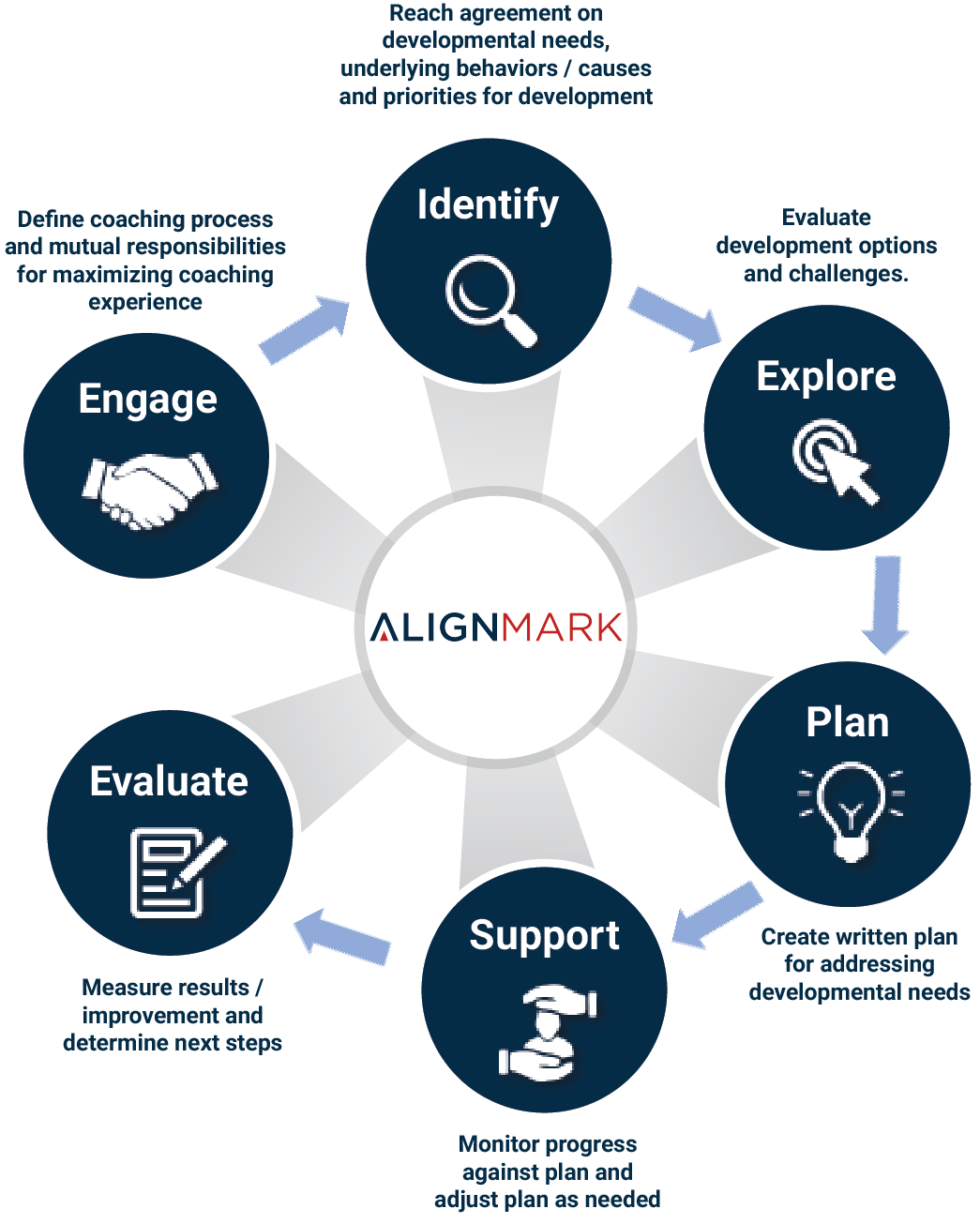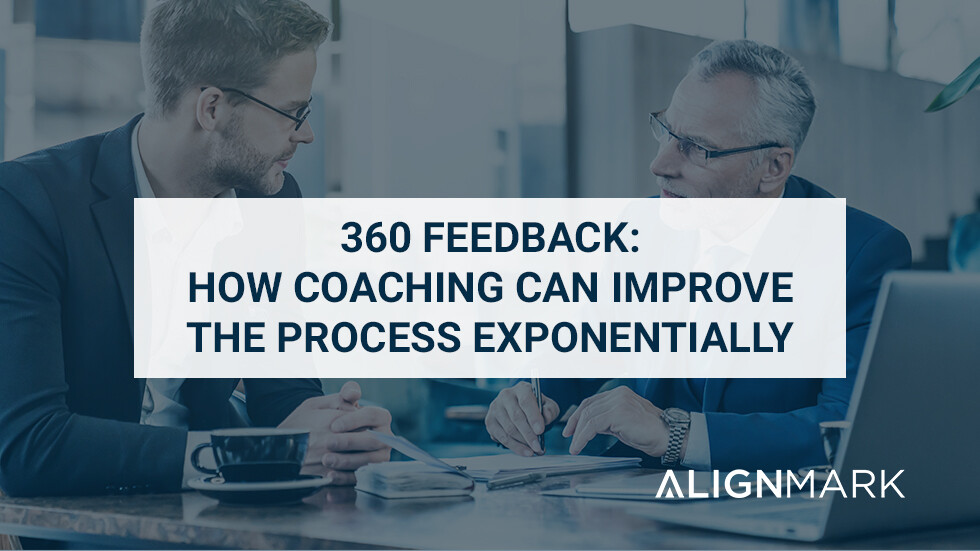Table of Contents
360 Feedback is only as good as the next step
All too often the 360 feedback process stops when the manager reviews the 360 feedback report with the focal leader going through the process. We see it all the time and it normally goes something like this. Leadership within the organization determines it is time to develop its high-potential employees and decides a 360 feedback review is the best way to do it. Normally the news is discussed in a meeting whereby all the benefits of 360 feedback are sold to the team, including: It provides a 360 view into the person being rated, it does so in anonymous fashion, it identifies weaknesses as well as strengths and most importantly it provides a benchmark for the manager and participant to start a development plan for the associate. All these items are true. Unfortunately, the last benefit mentioned about the beginning of the development plan is where the process many times ends.
Let 360 Feedback start the development process
360 Feedback is a terrific way to identify what behaviors need attention as it relates to positive change. Think about it this way, if you take a math test in school and receive an F and take the same test the next week without studying, you will most likely get another F. Changing behavior in an associate takes a plan, consistent effort, coaching and finally another 360 review to measure results. The trick to all of this is a good coach.
What role does a coach play in the 360 feedback development process?
1. Facilitator
The coach initially works with the focal manager to be sure they understand the report and any key themes that have come from it. This includes a deep dive on the report and what the underlying causes of the results were.
2. Guidance
In building a Individual Development Plan (IDP) – This is the planning part of the process. The focal manager will need help in determining what plan will work best for them and the coach should be able to help ensure that they have a plan that will work for their situation.
3. Accountability Partner
A good coach will not be afraid to ask the tough questions and be sure the focal manager is following the plan for development. This process should be consistent and formalized through recurring meetings, due dates and so on.
4. Candid feedback
all along the way, the coach should be able to give candid feedback to the focal manager. This relationship should be full of trust and allow for modifications should they be deemed necessary in the plan. Ultimately, coaches need to build trust through good listening and guidance on how to achieve the results desired. They should be able to truly coach the participant and give them the tools they need to be able to make positive behavior change.
5. Results Oriented
A good coach will most certainly be results oriented. They will want to be sure the participant has bought into the process with an eye on the results that are outlined in the IDP. The coach should be able to review the post assessment and measure what has improved and what might still need to be improved.
How the 360 Coaching Process works

What are the benefits of using a coach?
1. Clarity in what needs to be worked on
Many times, just reading the report can be a challenge for some participants. Having a professional review, the report with the participant allows for a greater level of clarity for the participant and therefore a thorough understanding of what needs to be worked on and what competencies they might have as a strength.
2. A quality plan to improve the behaviors identified in the report
Coaching provides for another level of planning and activities that include specifics that make it clear for the participant and their manager how to move towards their end goals. As the saying goes, “A Goal without a deadline is only a dream”
3. A process for improvement
Once a plan has been built a coach gives consistent accountability to the process for improvement and increases employee engagement exponentially.
4. Results
At the end of the day results are much more likely to occur when a professional coach is involved. The consistency in practicing new ways to do things in changing behavior is increased when using coaches.
The takeaway here is mainly that when doing 360 feedback be sure you do everything in your power to ensure it is not a one-time event but the beginning of a process to create positive behavior change with the participants. 360 Feedback with Coaching is a terrific way to increase the likelihood of your organization benefiting from the 360 degree process.
Related Resource: 360 Degree Feedback – Your Complete Guide
Related Blog Post: Why 360 Feedback for Managers is so Important


 Dr. Jaffee (M.A., Ph.D.) is a recognized expert in the field of assessments, and has created effective HR Solutions used by millions of people.
Dr. Jaffee (M.A., Ph.D.) is a recognized expert in the field of assessments, and has created effective HR Solutions used by millions of people.